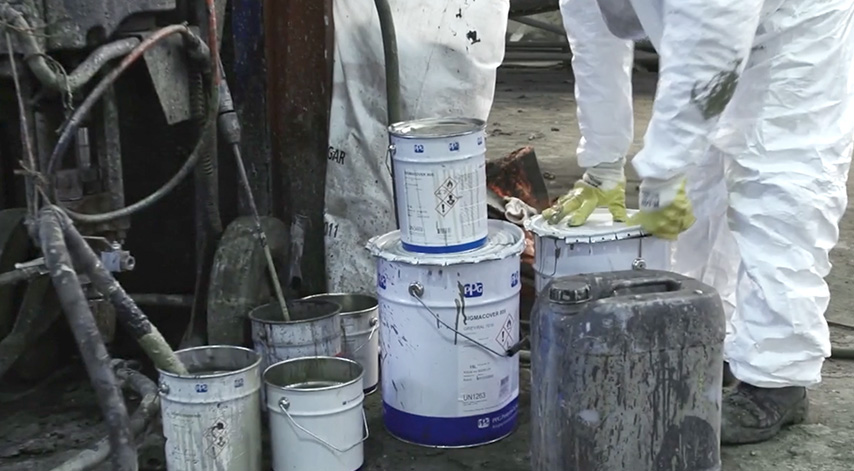Table of contents

The world consumes more than 100 billion tons of raw materials for the first time
3 minutes
11 February 2020
Table of contents
What is 'circular'?
For environmentalists, the circle is a common metaphor. Everything that is part of a cycle is responsible. Take the deposit bottle: you buy it with cola in it, bring it back to the store empty, it is washed (or melted down to make a new one), the full bottle is put back on the shelf and we can empty bottles endlessly without never need new raw materials. In short: an economy that is 100 percent circular no longer needs to extract any new raw materials. No sand, no gas, no iron ore, no wood. Food is considered to be circular if the waste (including post-consumer faeces) is reused.
The opposite is 'linear', the imagery of the straight line. Extract oil from the ground, turn it into plastic and throw it on the street or a rubbish heap after use. You can only do that once at a time, until the oil is gone and/or you die in plastic.
What are the main results of the study?
“For the first time”, the world used more than 100 billion tons of raw materials in 2017 (the year to which the figures refer): 100.6 billion tons. Compared to the previous survey, which related to 2015, this was an increase of 8.4 percent.
However, the growth in resource use was very unevenly distributed. Biomass was used less, fossil fuels too, ores were used a little more, but not dramatically.
The major growth was only in one category: the minerals. By this, the researchers mean materials such as sand, gravel, clay and lime. No less than half of our raw material consumption was in this category in 2017: 50.8 billion tonnes. And it was precisely this category that grew enormously: a growth of 34 percent in two years. Why on earth are we using 34 percent more sand and gravel?
Research leader Jacco Verstraten: 'This has almost exclusively to do with construction. In China and in parts of Africa, construction and road construction has grown enormously.”
Is that all bad?
That is still the question. You may wonder about the latter category, admits researcher Verstraten. ‘Especially when it comes to construction, you cannot immediately say whether it has been applied in a circular manner. Those buildings and those roads have not been thrown away, they are just there for the next twenty, or a hundred, years. Only when we dispose of them do we have the choice of whether or not to do so in a circular manner.'
But still, says Verstraten: 'The fact is that we have started to extract more fresh raw materials. So we have more interaction with nature, and that's what matters to us.'
Is it going to be okay?
If you read the Circle Economy press release, you'd think not. “We risk a global disaster,” said Circle director Harald Friedl. But the report itself also offers hope. Not only because the public appears to be more aware than ever of the need to do something about the consumption of raw materials. The world has also embraced the Paris Agreement and has pledged to drastically reduce carbon emissions. “The road to a low-carbon future is circular.” Just do it.
How reliable are the figures?
Researcher Jacco Verstraten admits that major shifts in the data can at least largely be attributed to paper effects: different definitions, other (especially better) data sources. “So some of the effects we found are due to those kinds of causes. We don't have the resources to determine the magnitude of the effect of paper causes, and the magnitude of the impact of causes in the real economy. But our analysts argue that the broad outlines are indeed effects in the real economy.”
Source: Volkskrant 21-01-2020


